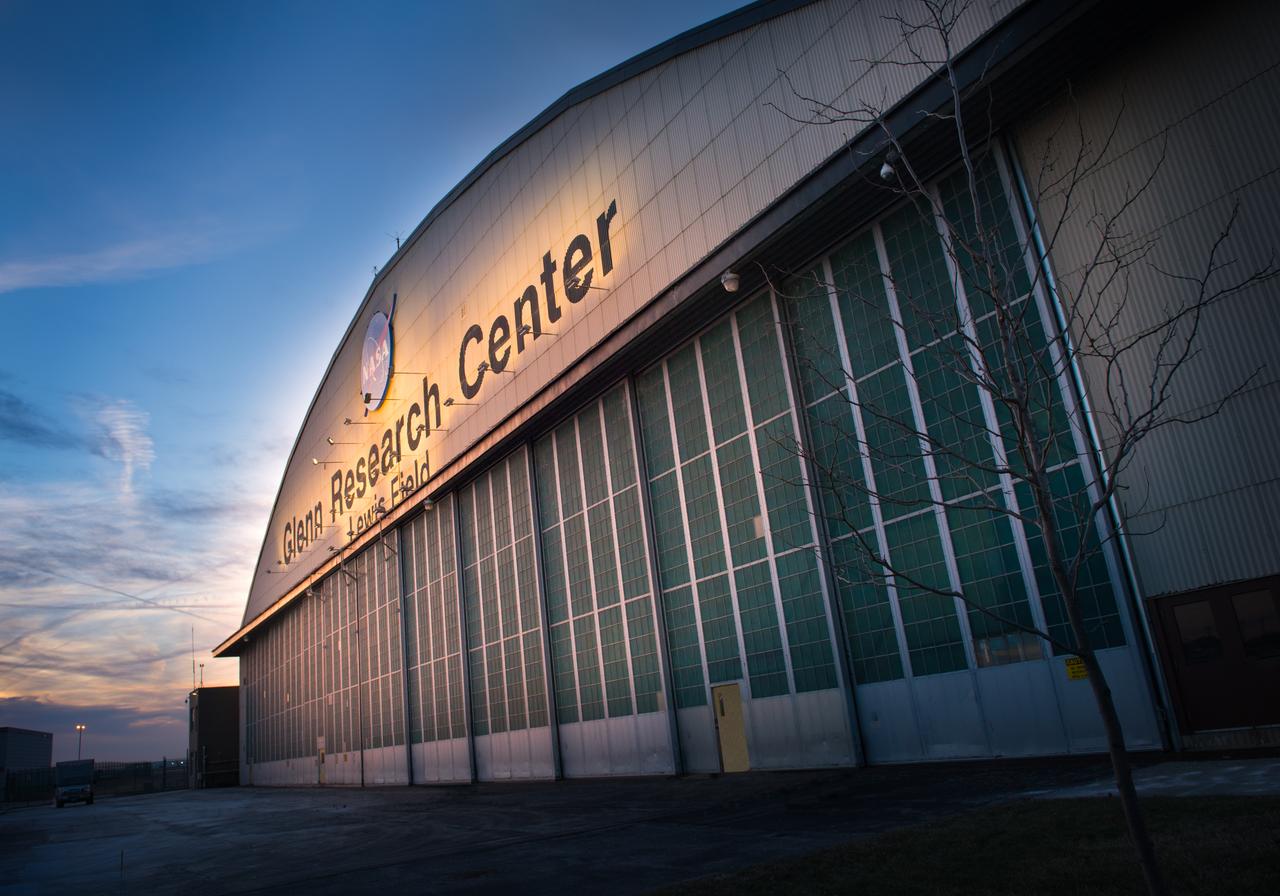
NASA's Watts on the Moon Challenge, designed to advance the nation's lunar exploration goals under the Artemis campaign by challenging United States innovators to develop breakthrough power transmission and energy storage technologies that could enable long-duration Moon missions, concludes on Friday, Sept. 20, at the Great Lakes Science Center in Cleveland.
"For astronauts to maintain a sustained presence on the Moon during Artemis missions, they will need continuous, reliable power," said Kim Krome-Sieja, acting program manager, Centennial Challenges at NASA's Marshall Space Flight Center in Huntsville, Alabama. "NASA has done extensive work on power generation technologies. Now, we're looking to advance these technologies for long-distance power transmission and energy storage solutions that can withstand the extreme cold of the lunar environment."
The technologies developed through the Watts on the Moon Challenge were the first power transmission and energy storage prototypes to be tested by NASA in an environment that simulates the extreme cold and weak atmospheric pressure of the lunar surface, representing a first step to readying the technologies for future deployment on the Moon. Successful technologies from this challenge aim to inspire, for example, new approaches for helping batteries withstand cold temperatures and improving grid resiliency in remote locations on Earth that face harsh weather conditions.
Media and the public are invited to attend the grand finale technology showcase and awards ceremony for the $5 million, two-phase competition






